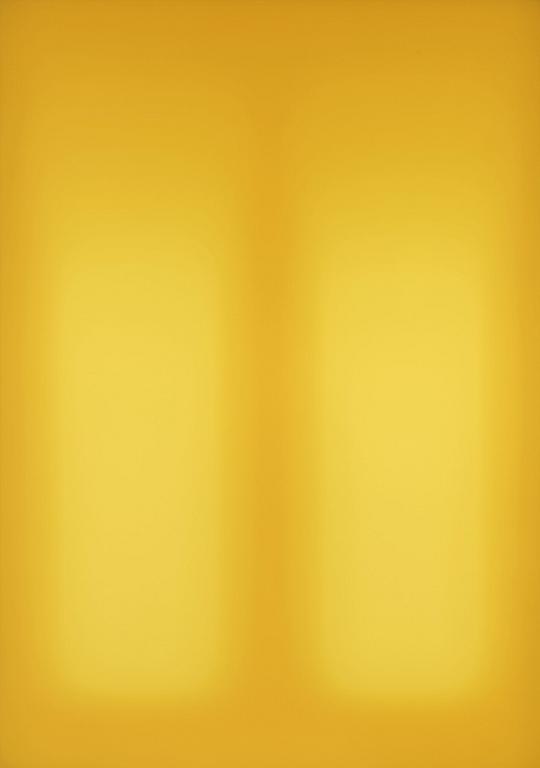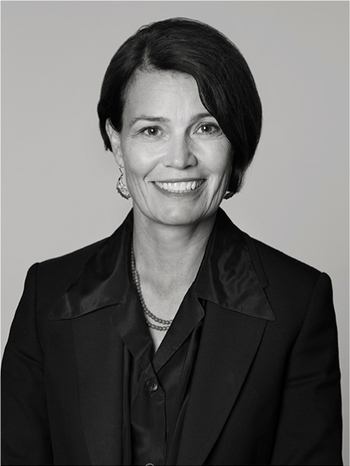Carsten Nicolai
"Tired light - split vertical 3"
Signed Carsten Nicolai and dated 2008 on verso. Acrylic on polyester mounted on aluminum frame 130 x 180 cm.
Provenance
Galerie EIGEN + ART, Leipzig/Berlin.
More information
This series of works engages with the hypothetical phenomenon of the so-called tired light. The term was suggested in 1929 by Fritz Zwicky to discribe that photons might slowly lose energy as they travel vast distances through a static universe by interaction with matter or other photons, or by some novel physical mechanism. Since a decrease in energy corresponds to an increase in light's wavelength, this effect would produce a redshift in spectral lines that increase proportionally with the distance of the source. The tired lights follow this idea by creating formal abstractions for decreasing light intensity on a two-dimensional level.




























